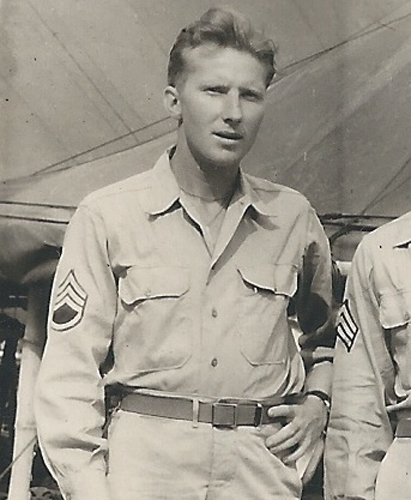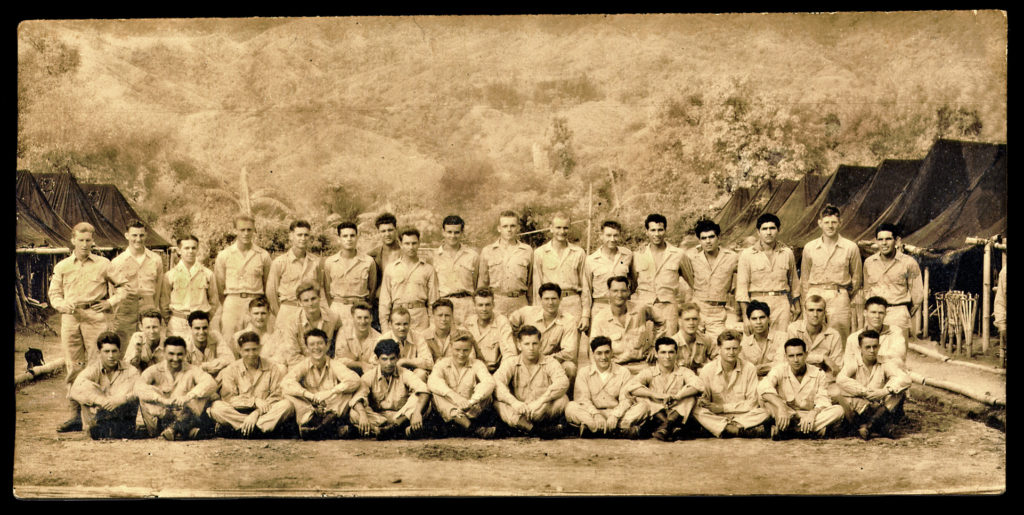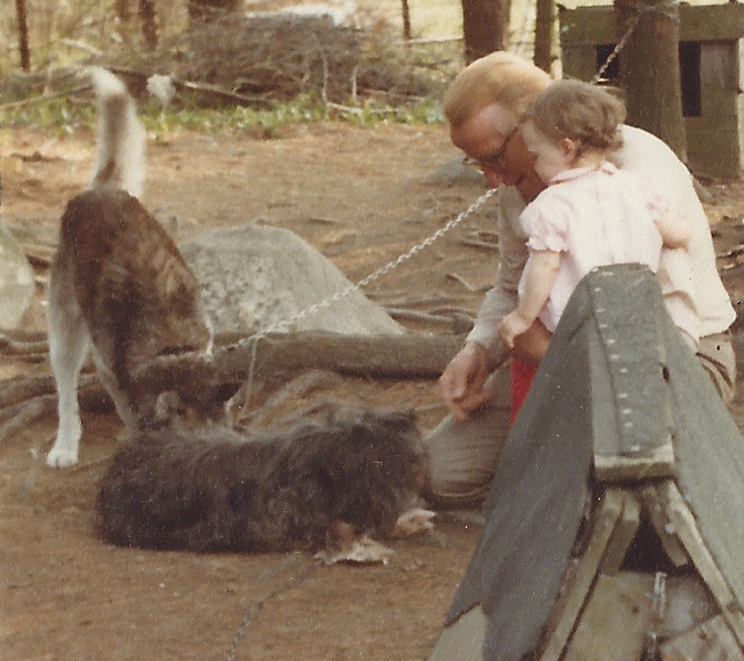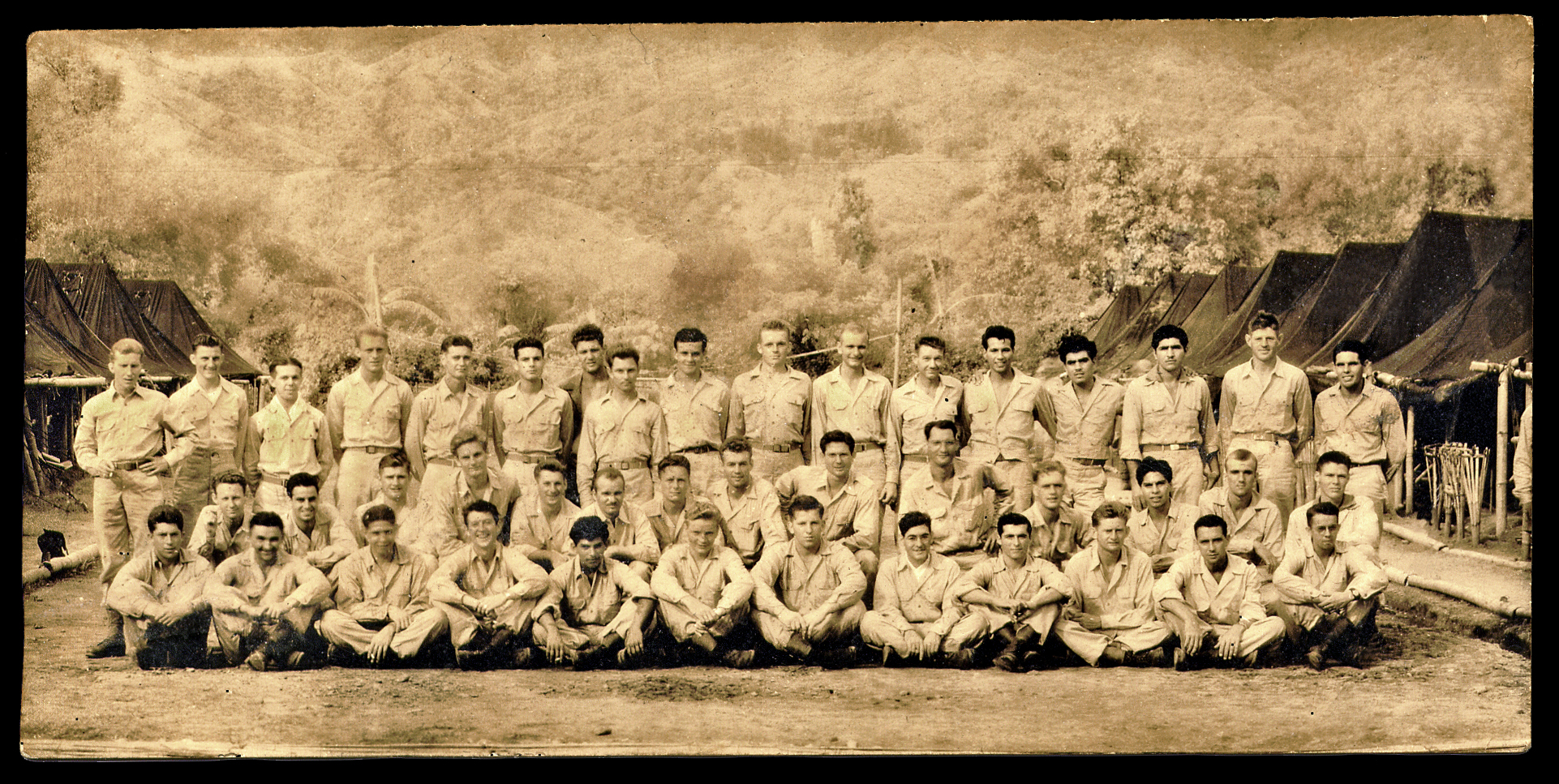The Japanese military attack on the Pearl Harbor naval base in Hawaii on Dec. 7, 1941, thrust the United States into WWII. It wasn’t long after that Australia and New Zealand found themselves also under threat of Japanese attacks. While the majority of Australia’s soldiers fought alongside the British Royal Army against the Germans in the Middle East and Africa, the Japanese made their way through South Asia and South Pacific with little resistance. It was then that Australia and the United States joined forces to stop their military expansion.

My grandfather was one of a million American servicemen who found himself in Australia during World War II. While Australians had popular Hollywood movies to familiarize them with American culture, Americans knew very little about Australia or its citizens. Our soldiers were in a foreign land trying to make sense of the currency, a new environment, unfamiliar foods and, of course, colorful Australian slang.
On a trip to Canberra, Australia’s capital city, I visited the Australian War Memorial. I was beyond impressed and moved by the Australian War Memorial’s collection and its presentation of the artifacts. The memorial was filled with detailed dioramas and paintings that depicted battles, along with pictures of soldiers paired with stories of their bravery. Some displays left me speechless, such as the restored planes paired with a large screen that played re-enactments of air battles which brought the aircraft’s history back to life. Another exhibit – a wall of thousands of names of soldiers who died in battle – was decorated with small red flowers called poppies. The wall left me with an overwhelming sadness that I could only compare to what I felt on my first visit to the Vietnam Memorial in Washington D.C.
After spending the afternoon wandering through this shrine to Australia’s fallen heroes, my curiosity was piqued by a little blue book found in the gift shop. The book titled, Instructions for American Servicemen in Australia 1942 was reproduced from the original which was created by the Special Service Division, Services of Supply, United States Army, and issued by the War and Navy Departments Washington, D.C. Although our soldiers presence was mostly welcomed due to our countries’ common goal, that didn’t mean there wasn’t some tension. In order to try and avoid any unneeded drama, this small booklet was produced and issued to each American soldier arriving to Australia, familiarizing them with the Australian people, land, history and culture.
The book mainly focused on our similarities as relatively new countries with British roots. It described Australia as made up of proud, independent people who believed in the importance of personal freedom and democracy. A brief history was given of their involvement in past wars and their record as well-respected, brave soldiers who wouldn’t quit. All of the information covered in the book was used to build respect and a sense of common ground since they were qualities Americans also strived for and respected. More importantly, it stressed the fact we needed Australia’s help just as much as they needed ours.
While the book’s main purpose was to establish a sense of camaraderie between the newly arriving American servicemen and the Australians, at times it tried a little too hard to make that connection. I found some humor as it pushed our mutual love of sports and compared our carnivorous appetite. However, the part that really made me smile can be found at the back of the book, which covers Australian slang. After several of my own visits to Australia, it made me think back on all the words or phrases that ended in funny misunderstandings or left me scratching my head.

Having a grandfather who spent a great deal of time in Australia during World War II, this book was a fun little find. Sometimes it seems as though our loved ones’ service in the South Pacific during World War II isn’t covered as extensively as our involvement in Europe. Not only is this booklet a piece of history, it allowed me a look into the lives of our servicemen; I can only imagine the mixed feeling of excitement for those who had never left the country before, while also knowing there was a chance they might not come home alive.
Here was a book that was most likely issued to my grandfather that found its way into my hands, 67 years after he served, in the country he fought alongside. There is not one day that goes by that I haven’t wished I asked my grandfather more about his service and his time in Australia. I know he really would have gotten a kick out of my trips to the country he always wished to return to for a visit. It is small unexpected surprises like this that help me put his story together and make me like to think he’s still with me.

(Grandpa & I – Early 1980’s)
